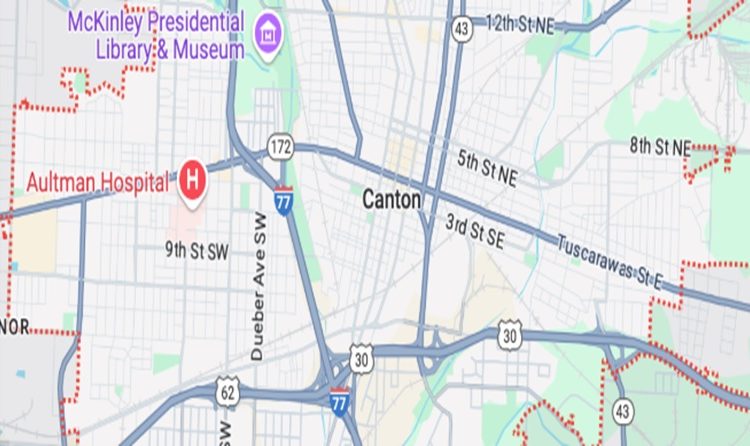Property damage can disrupt lives and businesses, making proper claims handling essential for recovery and restoration. Understanding the intricate process of property claims ensures you receive fair compensation while managing challenges effectively. Professional guidance through this process strengthens your position and protects your interests during insurance negotiations.
Importance of documentation in property claims
Documenting property damage requires precise attention to detail. Take clear photographs from multiple angles, capturing both wide views and close-ups of affected areas. Create detailed lists of damaged items, including make, model, and estimated value. Keep all receipts, repair estimates, and correspondence with insurance companies organized and accessible.
Understanding your insurance policy
Insurance policies contain specific terms defining coverage limits and exclusions. Read through policy documents carefully, noting deductible amounts and coverage categories. Ask questions about unclear terms or conditions. Know your responsibilities as a policyholder and the timeline for filing claims.
Key points in property claim management:
- Document all communication with insurance representatives, including names, dates, and discussion points
- Secure damaged property to prevent further deterioration while awaiting inspection
- Obtain independent repair estimates from licensed contractors for accurate cost assessment
- Report claims promptly to avoid missing deadlines or compromising coverage eligibility
- Keep detailed records of temporary repairs and associated expenses
Working with public adjusters
Public Adjuster advocate for policyholders during the claims process. These licensed professionals evaluate the damage, interpret policy coverage, and negotiate with insurance companies. Their expertise helps ensure accurate damage assessment and fair settlement offers.
Claim investigation process
Insurance companies dispatch adjusters to assess reported damage. These professionals examine the property, review documentation, and determine coverage applicability. Understanding this process helps property owners prepare adequately and address questions effectively.
Negotiating fair settlements
Settlement negotiations require thorough preparation and understanding of repair costs. Present detailed documentation supporting your claim value. Consider getting second opinions on repair estimates. Know your rights to dispute settlement offers through appropriate channels.
Insurance claim denials often stem from coverage disputes or documentation issues. Policy interpretation differences can lead to settlement disagreements. Weather-related damage may raise questions about pre-existing conditions. Address these challenges promptly with professional assistance.
Professional damage assessment
Professional assessors provide detailed evaluations of property damage. Their reports include the scope of repairs, material costs, and labour requirements. These assessments support claim negotiations and help ensure comprehensive coverage of all damage.
Role of contractors in claims
Licensed contractors provide crucial documentation for property claims. Their detailed estimates outline necessary repairs and associated costs. Choose experienced professionals familiar with insurance repair requirements and documentation standards.
State laws govern insurance claim procedures and deadlines. Understanding legal requirements helps protect your rights throughout the claims process. Know the statutes of limitations for filing claims and disputing settlements.
Steps after claim approval
Once claims receive approval, carefully review settlement terms. Understand payment schedules and any conditions attached to the settlement. Select qualified contractors for repairs and maintain documentation of completed work.
Professional property claim handling ensures fair treatment and appropriate compensation for property damage. Taking an organized approach, understanding your rights, and seeking professional guidance when needed lead to successful claim resolution. Remember that proper documentation and clear communication form the foundation of effective claims management.







